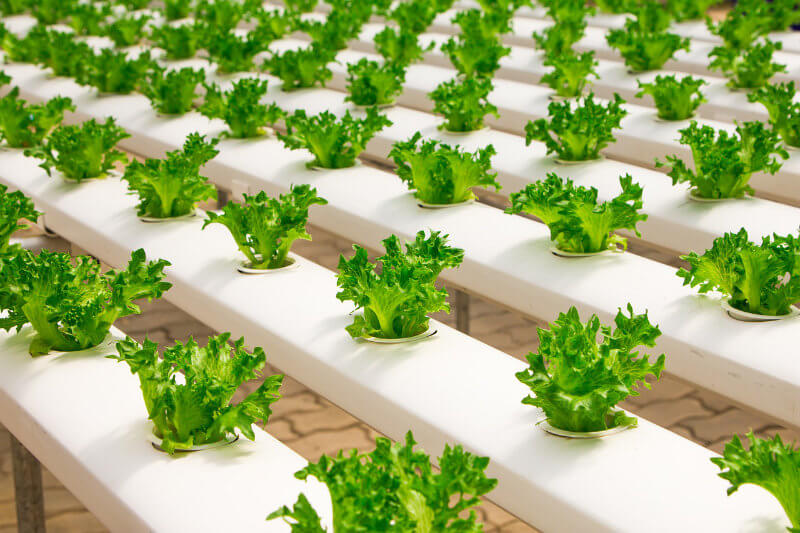Singapore: Food Security vs Land Scarcity
June 7, 2019 | Expert Insights

Background
With no natural resources of its own, Singapore depends heavily on foreign food imports, including live animals, worth around $11.3 billion in 2018 alone. Less than 10% of its food is homegrown due to its small territory and limited available land.
The United States was the third largest supplier at $947 million in 2017 with a market share almost 10% behind Malaysia and Australia. The island-state has recently witnessed significant price spikes following food shortfalls in recent years, either due to poor harvests or domestic policy changes that halted food exports. The global food crisis in 2007, led to a 12% increase in prices of Singapore’s food imports.
The government has set a target of 30% self-sufficiency by 2030 which is called the '30-by-30' plan.
Analysis
Singapore has only around 720 square kilometres of land, of which only 1% has been allocated to food production. Due to scarce agricultural land and resources, Singapore imports 90% of its food.
The country is very vulnerable to the supply shocks that may occur in our source countries for key food items especially rice and fresh leafy vegetables or chilled fish, that come only from a small number of countries. Most of Singapore’s rice originates from Thailand and Vietnam and to a lesser extent, India. Most of the green leafy vegetables and chilled fish come from Malaysia with smaller amounts from other ASEAN countries. Singapore is particularly vulnerable if these supply shocks occur simultaneously, a scenario that cannot be ruled out.
The Singapore government has launched a series of new food projects in order to be able to feed its growing population. It announced that it would open an "Agri-Food Innovation Park" which will be used for high-tech farming processes and research and development activities including insect farms.
Singapore was once an agrarian economy that produced nearly all its own food: there were pig farms and durian orchards, and vegetable gardens and chickens in the kampongs, or villages. But in its push for rapid economic growth after independence in 1965, industrialisation took precedence, and most farms were phased out, said Kenny Eng, president of the Kranji Countryside Association, which represents local farmers. “This can’t be done through traditional agricultural production, we don’t have land for it,” Minister for National Development, Lawrence Wong said.
Local production is a core component of the food security roadmap, according to the Agri-Food and Veterinary Authority (AVA) of Singapore. Given its land constraints, AVA has also been looking to unlock more spaces, including under-utilised or alternative spaces, and harness technological innovations to "grow more with less", a spokeswoman said. With almost one-third of Singapore just five meters above sea level, it has been successfully using polders, or dykes, to reclaim the land. It has also cleared dozens of cemeteries for homes and highways.
Assessment
Our assessment is that Singapore has strengths in advanced manufacturing and biotechnology that should give it an edge in the so-called agri-tech sector. Increasing food production by threefold in a city-state will require large scale innovation.
It can be noted that innovative methods such as vertical farming and sky farming are being promoted to meet its ’30-by-30’ plan. For example, Sustenir Agriculture, utilizes artificial lighting within skyscrapers to grow various crops such as strawberries and kale. Also, the idea of growing seafood outside sea areas emerged after fish farmers complained of algae blooms gradually killing fish and other oceans produce. Singapore’s state investor, Temasek is providing funds to build a S$70 million highly-automated, eight-storey fish farm.
As with all farms, these sky farms have to comply with local regulations related to food safety, such as sanitary protocols and responsible use of nutrients in growing. Due to the fact that they exist on top of buildings, there are additional regulations they have had to learn to navigate, such as rooftop loading, the structural integrity of the greenhouses and other aspects related to integration within a building. The biggest issue they need to overcome is consumer mindsets associated with food production.








Comments